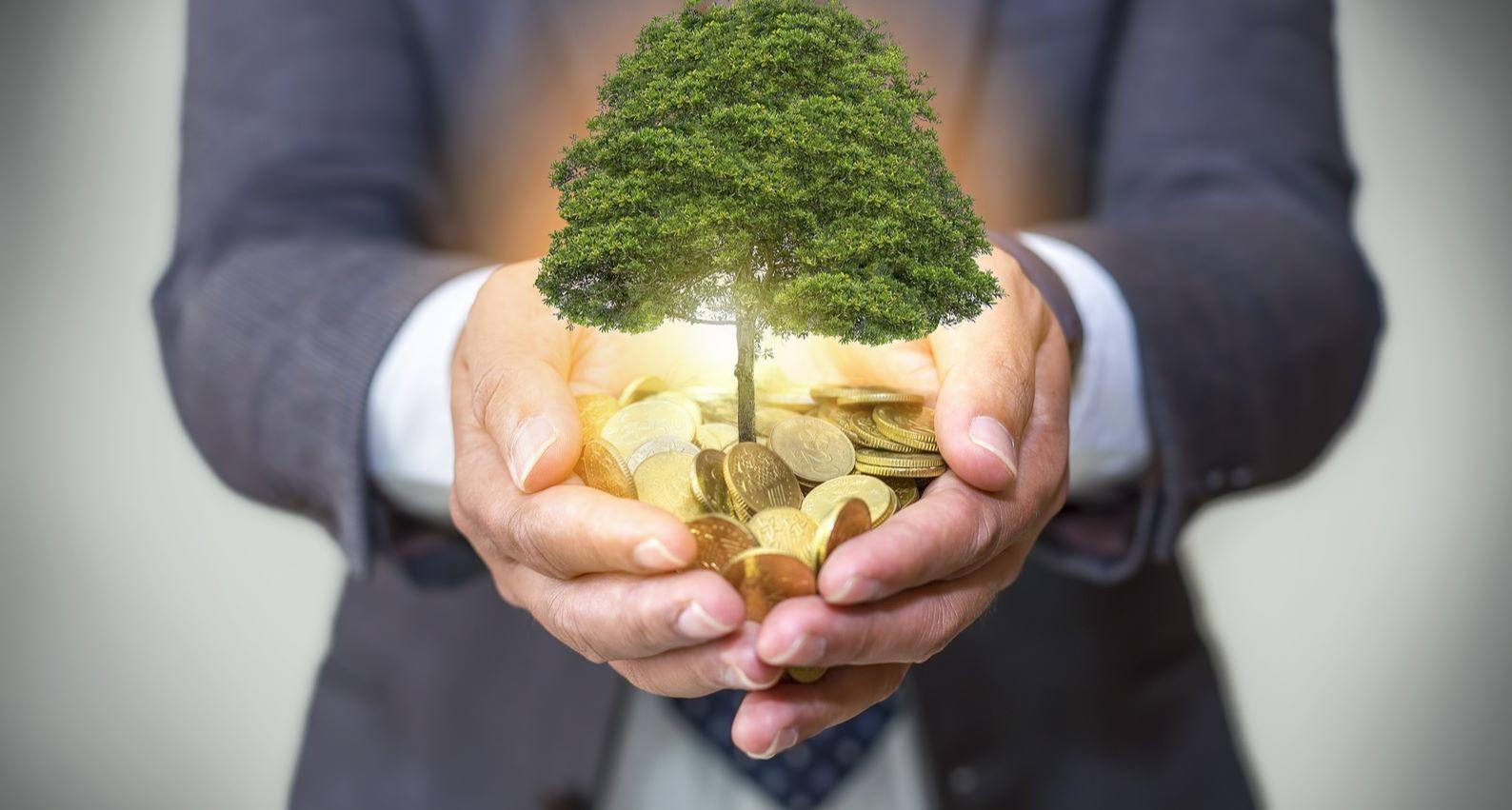Social Enterprises: A Business Model for Change
Published on 31 Aug, 2020

As the world slowly starts to emerge from the shadow of the pandemic, it needs to change its ways. As businesses move on, they realize they cannot work with the sole objective of ‘maximum profit’. They also need to contribute to society and the environment they thrive in. Hence, the concept of social enterprises will gain prominence as more incumbents and new businesses adopt this model and design strategies around it.
The concept of a social enterprise can be defined as an approach by entrepreneurs wishing to find solutions for social, cultural, or environmental issues. The main objective of such enterprises is not just profit, but the well-being of the society at large. The long-term plan of such businesses involves ideas to drive social change and bring about transformational benefits that have the power to improve people’s lives. This model is still in the nascent stages, but is quickly finding rapid adoption among businesses.
Many companies have already started to enhance the link between their purpose and work—this concept will gain more popularity. Social enterprises allow the alignment of people’s efforts with their values. Hence, one can make profit while also tackling a social or environmental issue. Other reasons attracting entrepreneurs to this model are:
- Making a difference – A social enterprise works to bring about a positive change within the society or the environment. While profit may or may not be a part of this process, the enterprise wants to make a worthwhile difference. An example here is Willie Smits, a Dutch social entrepreneur, a name to reckon with in the wildlife sphere. Willie has worked tirelessly to save Orangutans from extinction. He runs the Masarang Foundation, which also works towards reforestation, sustainable farming, and monitoring of forests in Indonesia.
- Meeting customers’ needs – Social enterprises tend to customer’s spoken needs as well as causes they support. Customers appreciate businesses that are not only profit-centric but also show concern for the environment and society. Shoemaker TOMS has managed this well. Blake Mycoskie, the Founder of TOMS, developed a business model they call ‘One for One’. For every pair of TOMS shoes a consumer purchases, a free pair is given to a poor child in a developing country.
- Gaining recognition – By virtue of the way they operate, social enterprises earn goodwill and the respect of the communities they work in. Social entrepreneurs are recognized for their efforts. Muhammad Yunus from Bangladesh won the Nobel Peace Prize in 2006 for founding ‘Grameen Bank’. He pioneered the concept of microfinance and microcredit, helping many underprivileged people develop their own businesses.
- Operating a responsible business – Unlike traditional business setups, this model solves social problems while exploring new market opportunities. The enterprise looks at how its products or services can benefit others. For example, Marc Koska invented the first non-reusable K1 auto-disable syringe to help limit diseases spread through used syringes. He also advised several safety mechanisms in needles and syringes to ensure the well-being of healthcare workers.
Over the past few decades, the global environment and society at large have been impacted by the operations of some large corporations. Several organizations have been accused of destroying natural resources and flouting safety norms for corporate gain. However, now is the time to retrospect, revive, and rebuild. COVID-19 brings to the fore our collective need to promote sustainable organizations that not only make profit but also factor in society’s needs and employee safety.
Social innovation and entrepreneurship will emerge as the way forward in these turbulent and uncertain times. The need to support the less fortunate sections of society, and to also provide services such as healthcare, sanitation, and education, has gained importance rapidly. Changes are already underway and examples of social enterprises taking a lead are now emerging from all corners of the world.
Organizations have adapted operations as per the need of the hour and started production as per the community’s needs. Many alcohol distilleries in the US altered production to make hand sanitizers. Auto company Ford donated 1.5 million masks in Michigan. These are some examples of how companies changed their priorities and addressed the need of the hour.
Many other organizations are taking up causes to attract the goodwill of customers by making a positive impact on the lives of individuals and communities. As we step into a post-pandemic world, investing in ‘social good’ may easily become the best strategy for small and large businesses alike.
